Common Name(s): East Indian kauri, Amboyna pine, almaciga
Scientific Name: Agathis dammara
Distribution: Pacific Islands in Southeast Asia
Tree Size: 150-200 ft (45-60 m) tall,
3-6 ft (1.0-1.8 m) trunk diameter
Average Dried Weight: 32.5 lbs/ft3 (520 kg/m3)
Specific Gravity (Basic, 12% MC): .45, .52
Janka Hardness: 610 lbf (2,700 N)
Modulus of Rupture: 9,720 lbf/in2 (67.0 MPa)
Elastic Modulus: 1,349,000 lbf/in2 (9.30 GPa)
Crushing Strength: 6,240 lbf/in2 (43.0 MPa)
Shrinkage: Radial: 2.6%, Tangential: 5.3%,
Volumetric: 7.9%, T/R Ratio: 2.0
Color/Appearance: Pale yellowish white heartwood with sapwood not clearly demarcated from the heartwood. Due to the tree’s large size, kauri is nearly always clear and knot-less, with minimal wastage. Can easily develop blue stain if not dried properly.
Grain/Texture: Grain is usually straight, with a fine, even texture and a moderate natural luster.
Rot Resistance: Rated as non-durable to perishable regarding decay resistance.
Workability: Kauri’s moderate density, along with its straight and consistent grain give it good workability. Most machining and shaping operations can be performed with a minimum of trouble. Glues and finishes well.
Odor: No characteristic odor.
Allergies/Toxicity: Besides the standard health risks associated with any type of wood dust, no further health reactions have been associated with kauri. See the articles Wood Allergies and Toxicity and Wood Dust Safety for more information.
Pricing/Availability: Seldom exported to North America, East Indian kauri has a more restricted commercial distribution within regions of Southeast Asia and areas where kauri lumber is in demand.
Sustainability: This wood species is not listed in the CITES Appendices, but is on the IUCN Red List. It is listed as vulnerable due to a population reduction of over 30% in the past three generations, caused by a decline in its natural range, and exploitation. However, this species is also grown commercially on plantations.
Common Uses: Plywood, veneer, musical instruments (soundboards), kitchen utensils, vats, crates, and other containers.
Comments: East Indian kauri is a timber tree that has been exploited in the past—both for its wood, and also for its resin, called copal. The tree was initially classified as a pine with the given botanical name Pinus dammara.
In comparison to New Zealand kauri (Agathis australis), East Indian kauri is slightly lighter in weight and lower in strength properties, with poorer natural rot resistance. The wood is preferred in plywood and veneer applications because of its nondescript grain.
Images: Drag the slider up/down to toggle between raw and finished wood.
Identification: See the article on Softwood Anatomy for definitions of endgrain features.
Resin canals: absent
Tracheid diameter: medium
Earlywood to latewood transition: gradual
Grain contrast: low
Parenchyma: none
Lookalikes/Substitutes:
Notes: None.
Related Content:

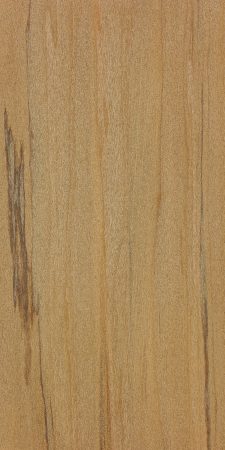
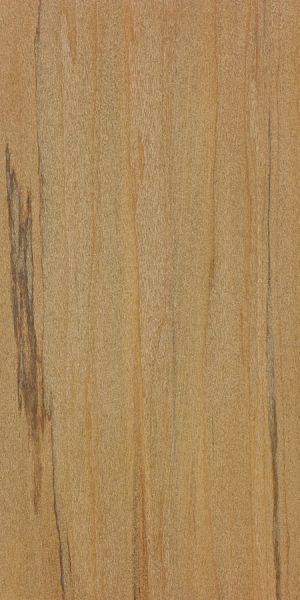
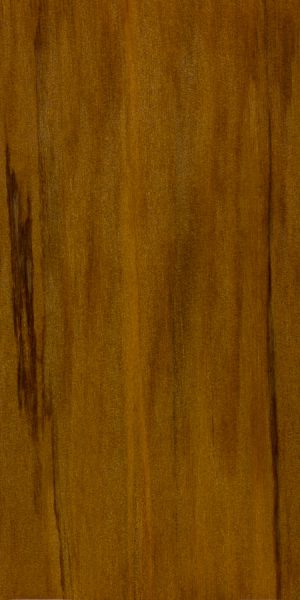
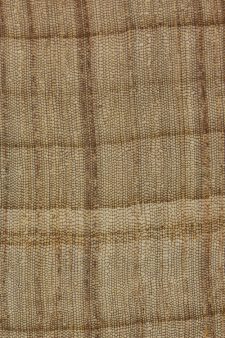

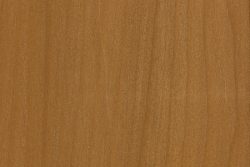
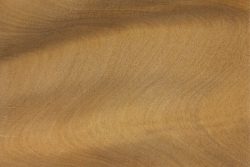
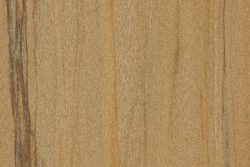
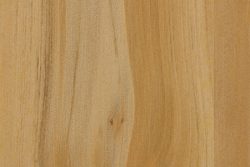
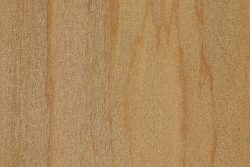
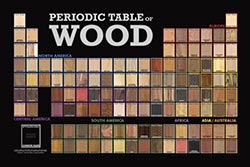






Are the Agathis borneensis and Agathis kinabaluensis more closer to the East Indian variant of Kauri here than Australian/New Zealand species?
I don’t see any data for them here.
Regards